How to Easily Grow Cacti from Cuttings
Cactus plants are fun to grow, with their weird shapes and sharp spines. But buying new cacti can get expensive. The awesome news? You can grow plenty of new cactus plants for free by taking cuttings from ones you already have!
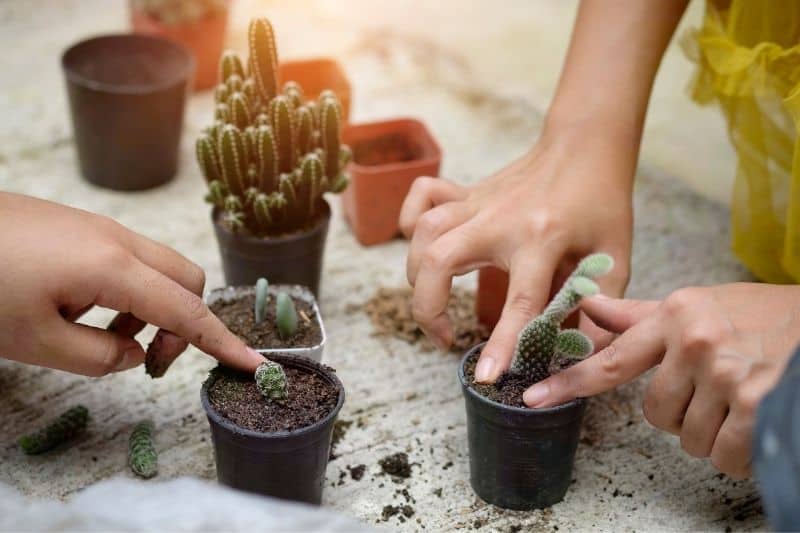
Contents
Know Your Cactus Types
There are tons of different cacti out there, and they can be grown from cuttings in various ways. Some varieties sprout from seeds or by grafting onto other plants’ roots. Others only grow new plants from stem cuttings snipped off the mother plant (called pads).
The kind you choose depends on what propagation method works best – some cacti like soil while others do better hydroponically in just water! It also matters if they need full sun or partial shade. Set them up right based on their sunlight preferences.
Rooting Cactus Cuttings
The prime time for taking cuttings is spring, when cacti wake up from their winter sleep and before they bloom in summer (usually around April).
Once you snip a cutting from your chosen cactus – maybe an organ pipe or hedgehog type – let the bottom dry out for a couple days before planting it in soil.
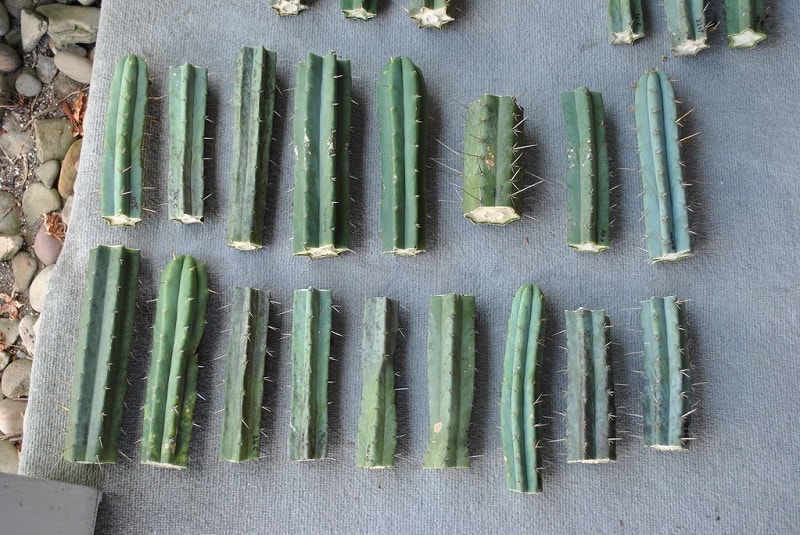
Growing Pads into New Plants
Prickly pears and other pad cacti grow in cool-looking clusters of branching pads. They’re green or brown and pop up everywhere from the ground to clinging on rocks.
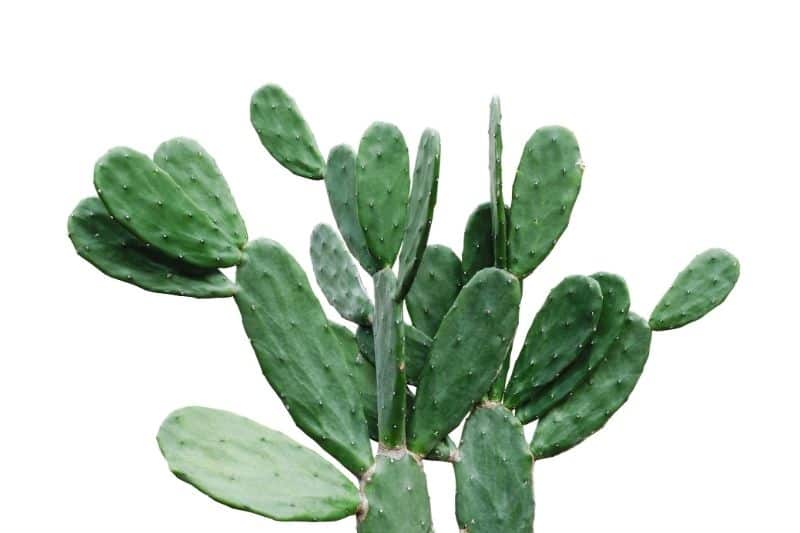
Pad cuttings are the easiest to root:
- Find a pad you want to grow
- Cut it into pieces, making sure each has at least one growing bump
- Plant the pieces in soil and water until soaked
- Put your new cacti in bright, indirect sunlight
The pad pieces will actually start growing roots within days if left alone, so don’t lose track of them!
Rooting Columnar Cacti
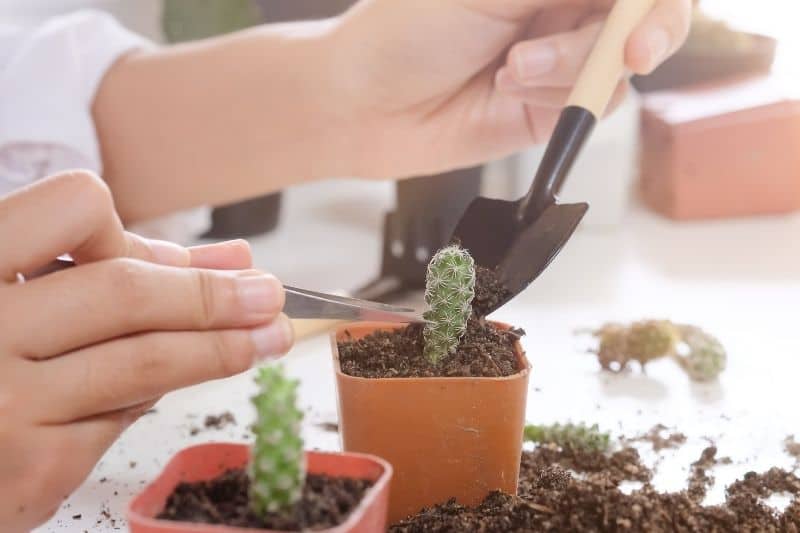
Columnar cacti are the tall, skinny upright kinds like totem poles. To root these from cuttings:
- Look for new shoots growing from the stem joints
- Cut off a 4+ inch piece
- Remove all but the top and bottom spines
- Plant in damp cactus potting mix
- Keep in bright, indirect light for 3-6 weeks until rooted
Rooting Barrel Cactus Cuttings
Barrel cacti look like, you guessed it, barrels! These thick, rounded guys can grow over 12 feet tall and 2-3 feet wide at the base. Their stems have lots of ribs too.
For barrel cactus babies:
- Cut off the top of a mature barrel cactus
- Fill a pot with fast-draining cactus soil
- Plant the cutting upright, covering up to 2 inches from the base
- Water regularly
Getting Cacti to Root
Once your cuttings are planted, you’ll want to help them root well. Keep the soil lightly moist but not soaked, with good air flow around the base.
If the cuttings start wilting or turning yellow, they likely need more sunlight. Once new roots form, you can replant the rooted cuttings into their permanent homes.
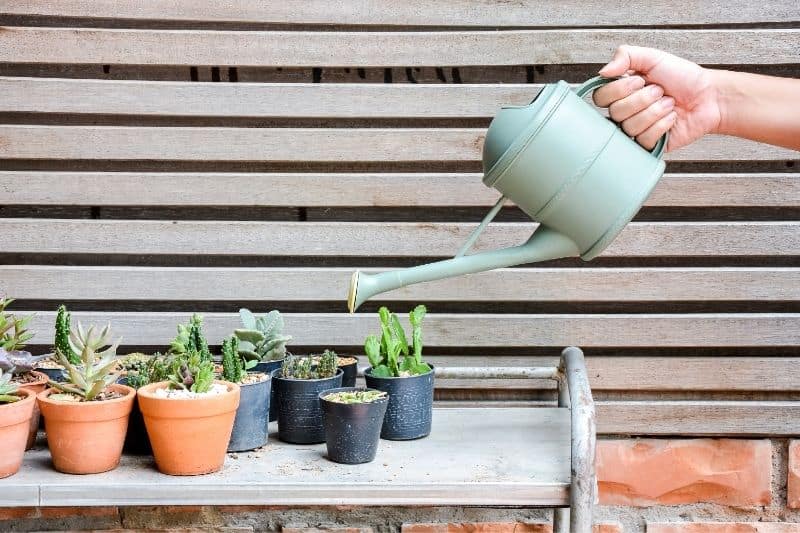
Frequently Asked Questions
Can I root a broken cactus piece?
Yes! Use the same steps as rooting a cutting, but realize it may take longer. As long as the piece looks healthy, pot it up and be patient.
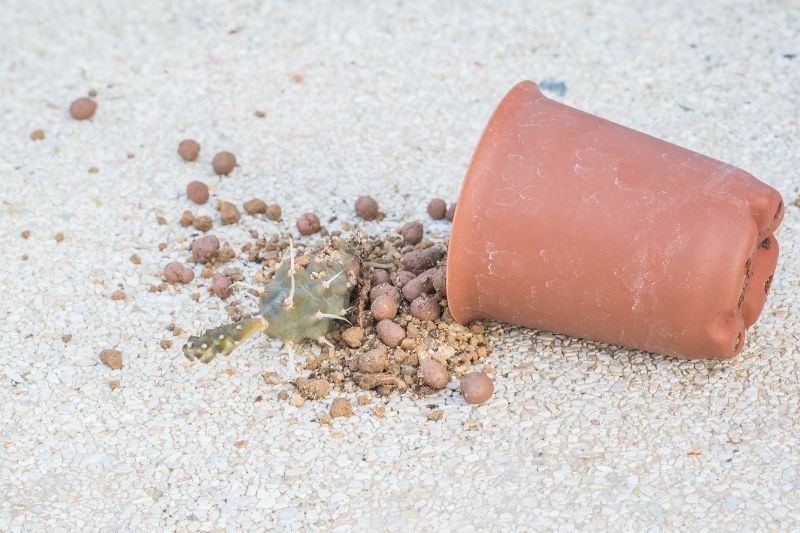
Should I water right after planting?
Yes, if the cutting has formed a calloused end. Otherwise, hold off and just keep the soil lightly moist for 2 weeks until roots form.
Can I really just stick any cactus piece in soil?
Yup! Use clean scissors or a knife to snip off a piece and let it dry for a day or two before planting.
How long until cactus cuttings root?
It can take 1-6 weeks or longer. Some varieties root in just a couple days while others need up to a year!
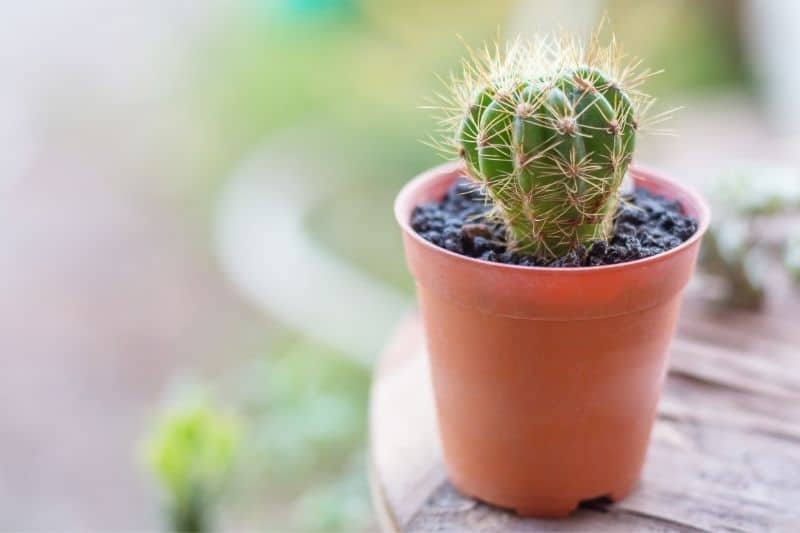
The Wrap-Up
Cacti are slow growers, so don’t expect miracles overnight with your new cuttings. But with some TLC, these desert superstars will reward your patience by putting down roots and sprouting new growth over time. Once established, cacti can thrive for decades with basic care.
